Apple and NBCUniversal just announced something that's been a long time coming in the streaming world: a partnership that actually makes financial sense for consumers. About time. This collaboration brings together two services that, frankly, could use each other's help to reach more viewers and boost subscriber numbers.
The partnership creates what companies are calling a "first-of-its-kind bundle," combining Apple's premium original content with Peacock's extensive library of live sports, blockbuster movies, and popular franchises, as per NBCUniversal. Users in the U.S. can access both platforms through a single monthly subscription that launched on October 20, 2025. The key twist, as Tom's Guide notes, is that these services feel complementary, not cannibalistic.
Here's what jumped out: most bundles shove overlapping catalogs together. This one seems to fill gaps. Apple TV focuses on almost all original, curated premium programming closer to the HBO model, while Peacock emphasizes live sports and events, original programming, and content from NBC and Bravo, The Hollywood Reporter notes. Overlap, minimal. Variety, high.
Breaking down the bundle pricing: what you'll actually save
Two options. The basic bundle pairs Apple TV with Peacock Premium, the ad-supported version, for $14.99 a month. The premium option combines Apple TV with Peacock Premium Plus, ad-free, for $19.99, as per Tom's Guide.
Do the math. Apple TV on its own is $12.99 a month, Peacock Premium is $10.99 a month, so $24 together if purchased separately. Pick the lower-priced bundle and you save up to 37 percent. Apple Newsroom is pushing it as savings of over 30 percent compared to individual subscriptions.
If you already pay for Apple TV at $12.99 a month, tack on Peacock Premium for just two dollars more. That service normally costs 10.99 dollars on its own, so you are pocketing roughly nine dollars in value every month. Even if you are new to both, that nine-dollar monthly break becomes meaningful over a year.
Prefer ad-free? Normally, Apple TV plus Peacock Premium Plus would cost 29.98 dollars monthly. The bundle drops it to $19.99, nearly ten dollars saved each month.
Special perks for Apple One subscribers
Apple is sweetening the pot for its ecosystem faithful. Apple One subscribers with Family or Premier plans can add Peacock Premium Plus at a 35 percent discount.
This is the first time Apple has given Apple One users a discount on a non-Apple product, Ars Technica notes. For context, Apple One currently packages Apple TV with Apple Music, Apple Arcade, and iCloud+ storage. You can sign up for these bundles through either platform's app or website.
The signal here is clear. Apple is opening its bundle benefits to outside partners. If you already get Apple TV via Apple One, the math gets better. Peacock Premium Plus, normally $16.99 a month, comes to about $11 with the discount. That is actually cheaper than what non-Apple One subscribers pay for the basic bundle.
Cross-platform content sampling: testing the waters
The cross-promotion is the fun part. Peacock users will get up to three episodes of select Apple originals, including Silo, Slow Horses, and Palm Royale, Broadband TV News reports.
Apple TV app users can sample up to three episodes from Peacock franchises such as Law & Order, Twisted Metal, and Real Housewives of Miami. Think of it like Costco samples, only with cliffhangers. Each service keeps its own app and interface. This is a preview system, not a merger.
Will the sampling grow into deeper sharing? The companies have hinted that more content might be added for cross-platform sampling, which could nudge other streamers to try similar tactics.
Why this partnership makes strategic sense
Both services need momentum. Apple TV sits at approximately 45 million subscribers, and Peacock reported no growth last quarter and remains at 41 million subscribers, according to IndieWire.
The financial pressures are real. Peacock lost 101 million dollars in Q2, while Apple potentially loses as much as 1 billion dollars annually on its streaming service. Their catalogs fit together, premium originals on Apple's side, live sports and NBC and Bravo staples on Peacock's side.
For Apple, the service has prestige, awards, and big swings, yet it still needs scale. This bundle taps Peacock's sports audience and NBCUniversal's broader reach. For Peacock, the task is different: fight the heavyweights, lean on live sports and the NBCU library, and keep subscriber numbers moving in the right direction.
Together, they can offer what neither could alone, a package that stretches from Apple's buzzy originals to Peacock's live sports and NBCUniversal's franchises. The timing lines up with Peacock's NBA coverage launching on October 21, a clean on-ramp for sports fans.
What this means for the streaming landscape
This points to a larger shift in how streamers mix competition and collaboration. Apple's recent moves include rebranding from Apple TV+ to simply Apple TV and announcing deals to bring its content to Amazon Prime Video Channels. The company also partnered with Chase to offer complimentary Apple TV subscriptions to Sapphire Reserve credit card holders.
Put together, it looks like Apple is prioritizing distribution and subscriber growth over a walled garden. And this bundle goes a step further than most because of the cross-platform sampling. That is a small but notable evolution in how streamers lure new viewers.
If this works, expect more taste-test deals. Sample episodes of originals from rival platforms, live sports as a shared hook, bundles that feel like value rather than clutter. Consumers get better pricing, more varied ways to discover shows, and fewer dead ends when searching for something to watch.
Bottom line, the Apple Peacock partnership reads like a grown-up move in a crowded market. Instead of burning cash to outspend rivals or drawing hard lines, both companies are leaning into what they do best and patching the rest through collaboration. For subscribers, that translates to better value, more options, and a glimpse of what a more connected streaming ecosystem could look like. In a pricey streaming landscape, more of this, please.




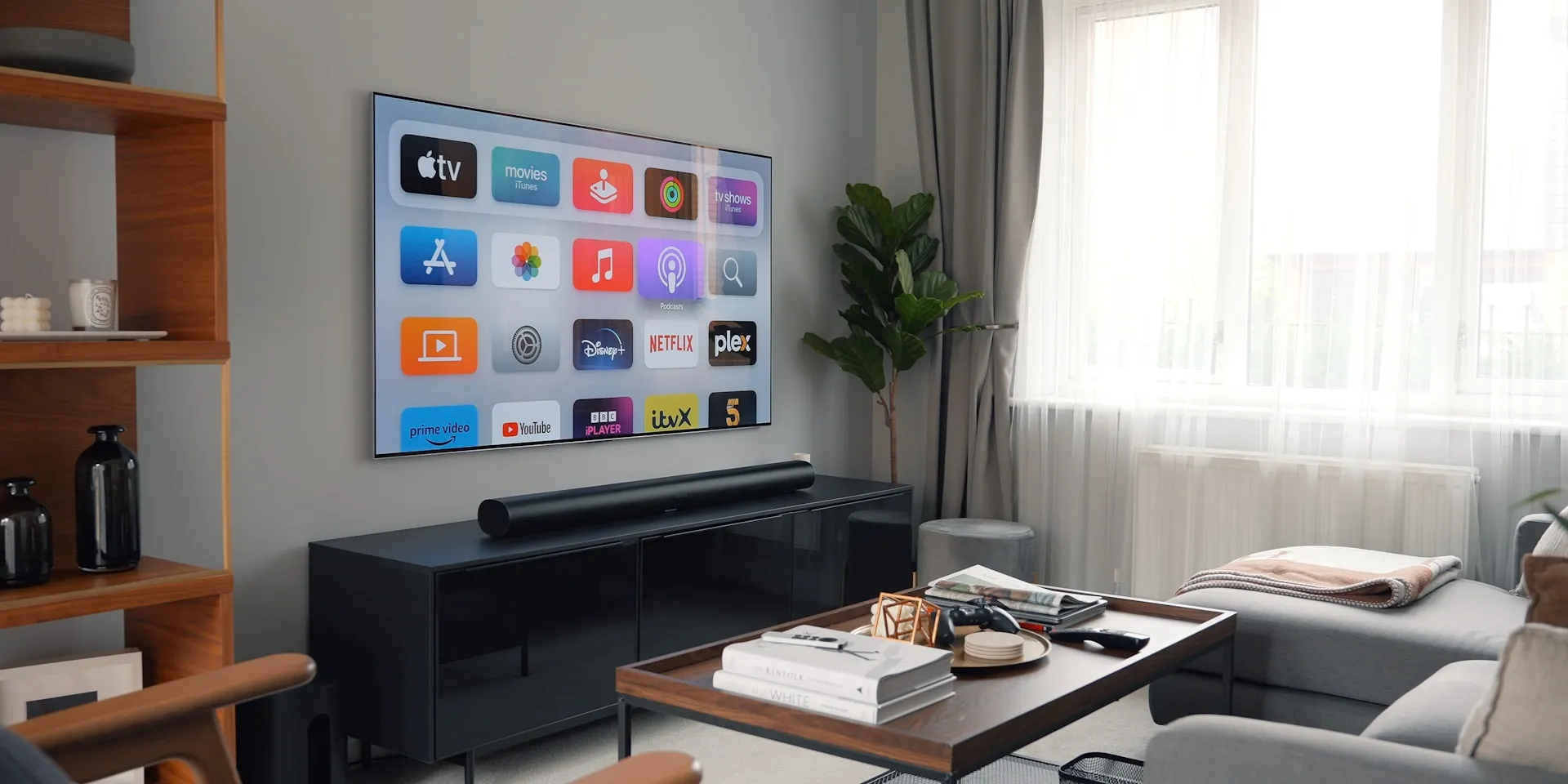

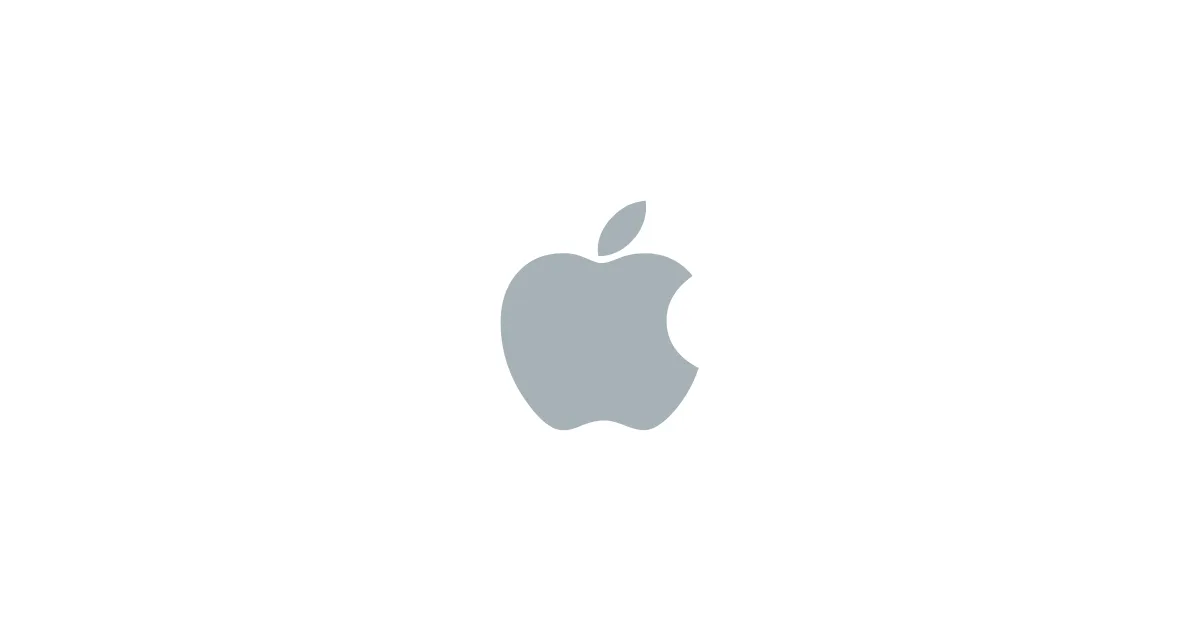
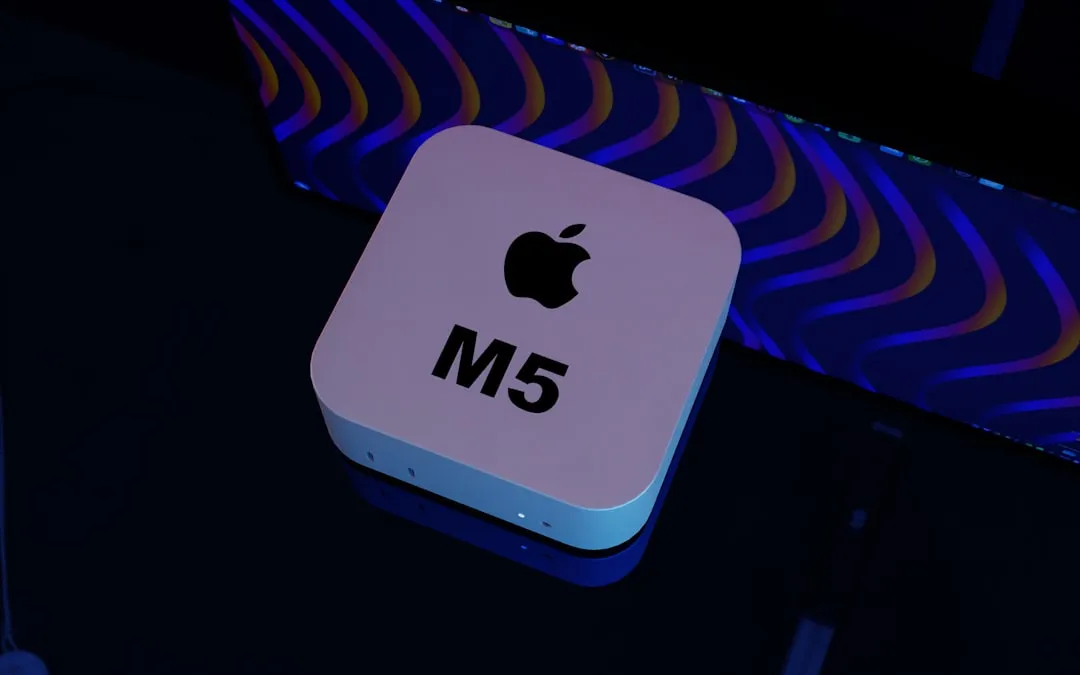
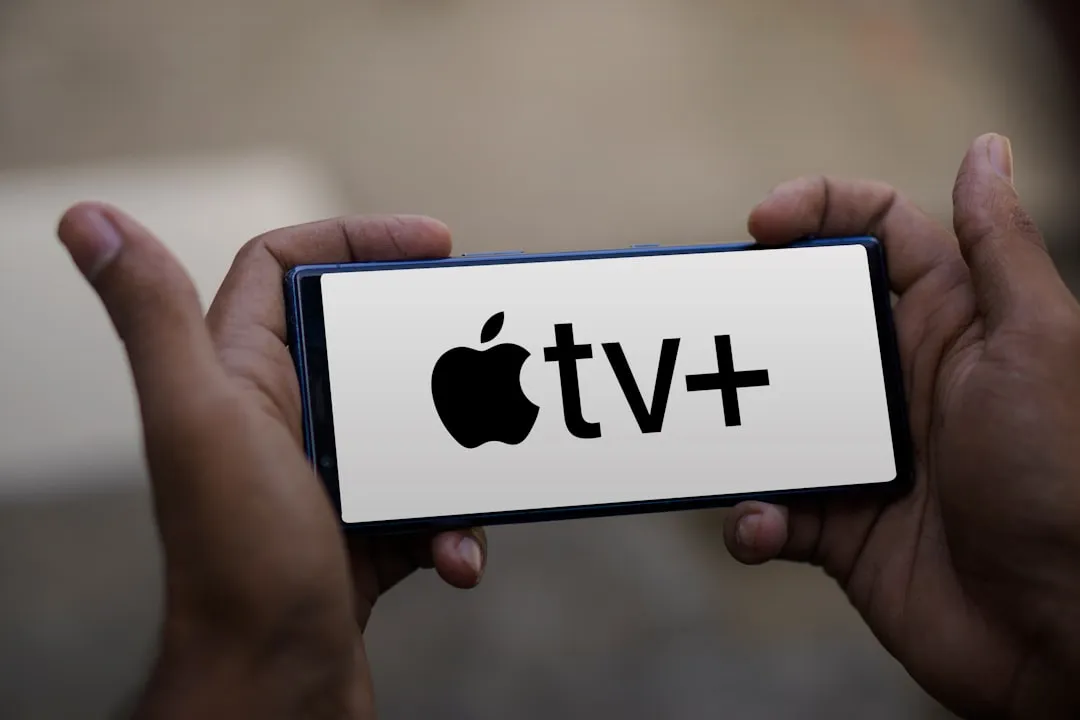
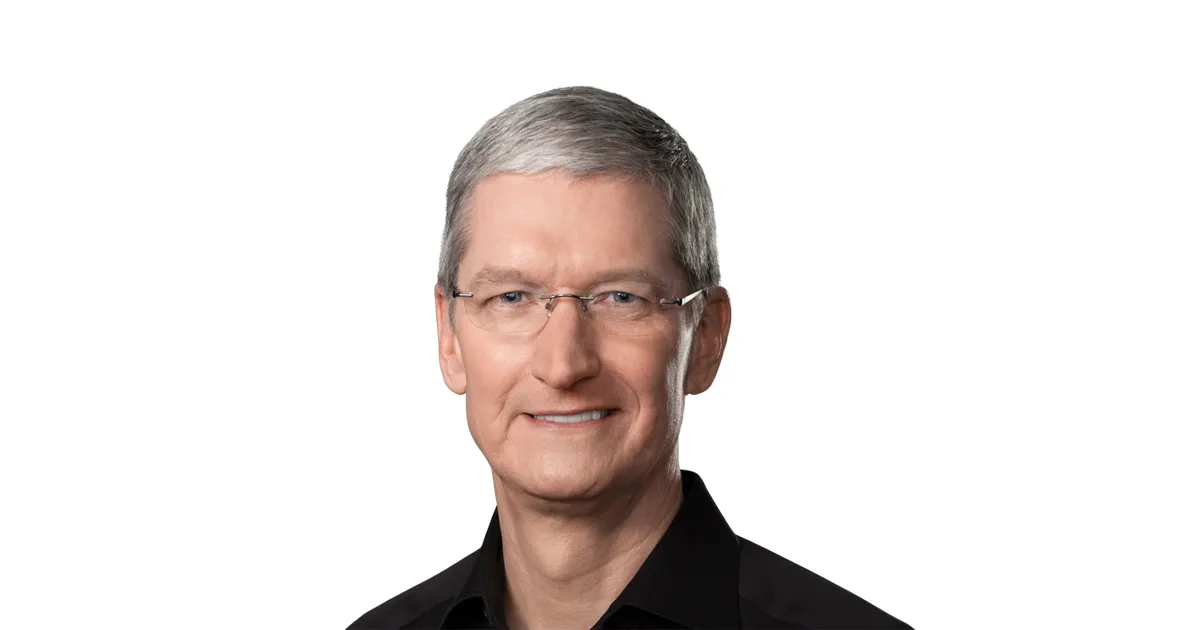
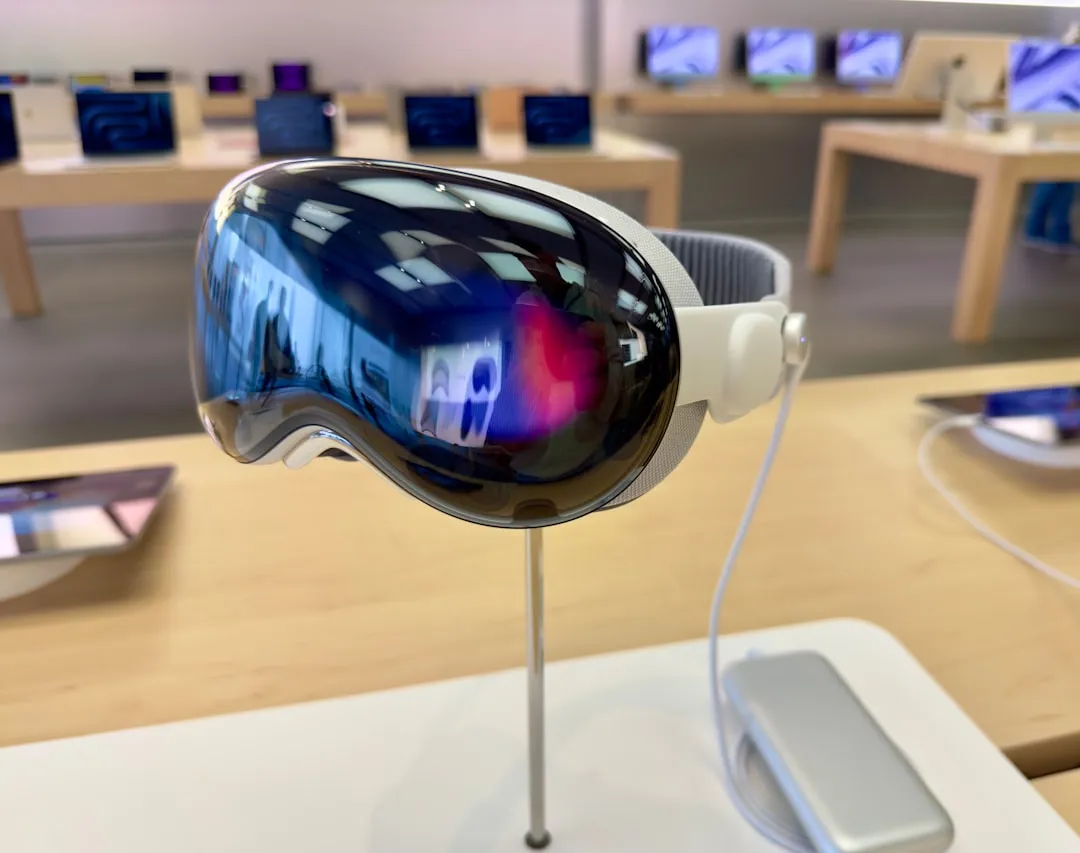
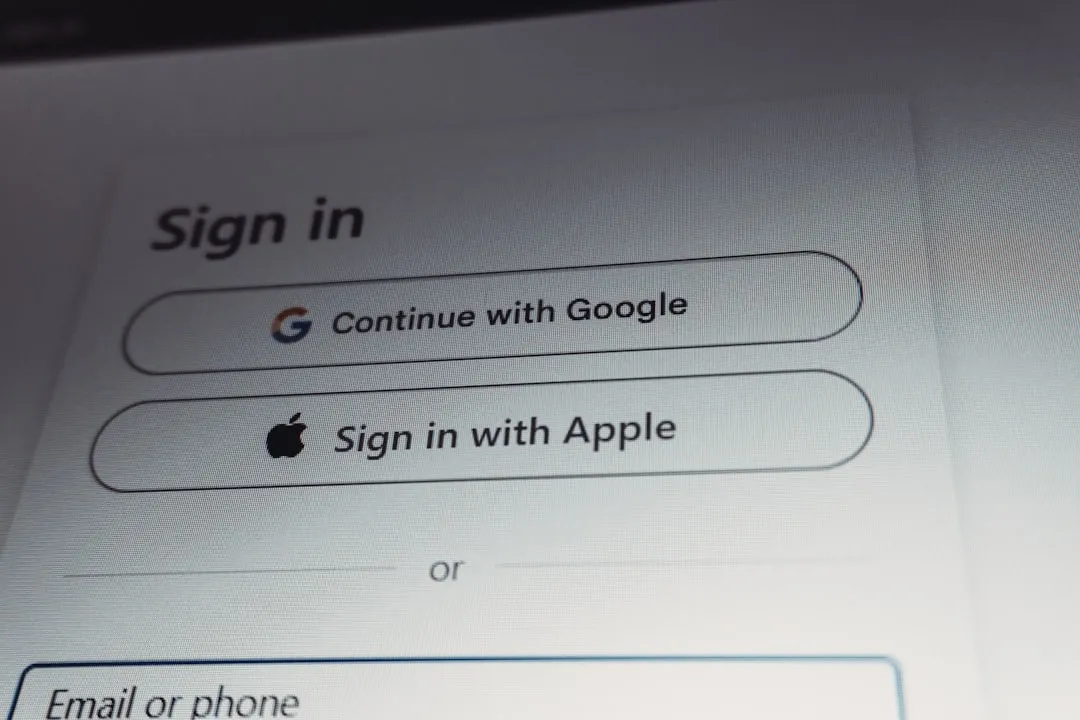
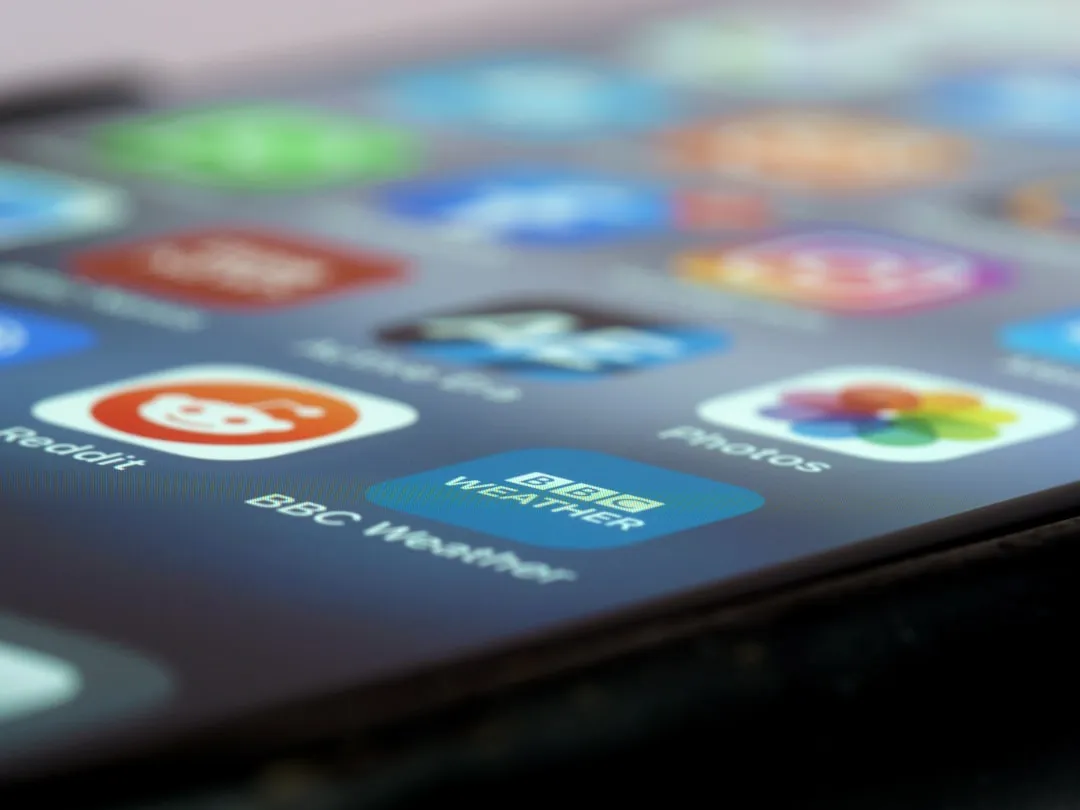
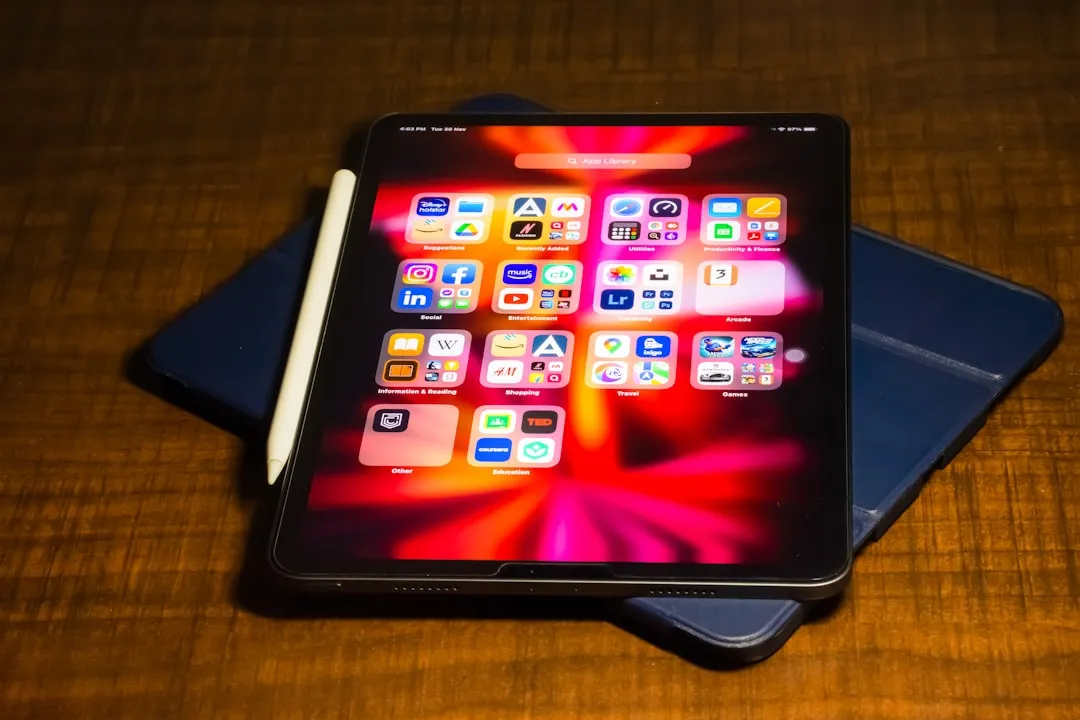
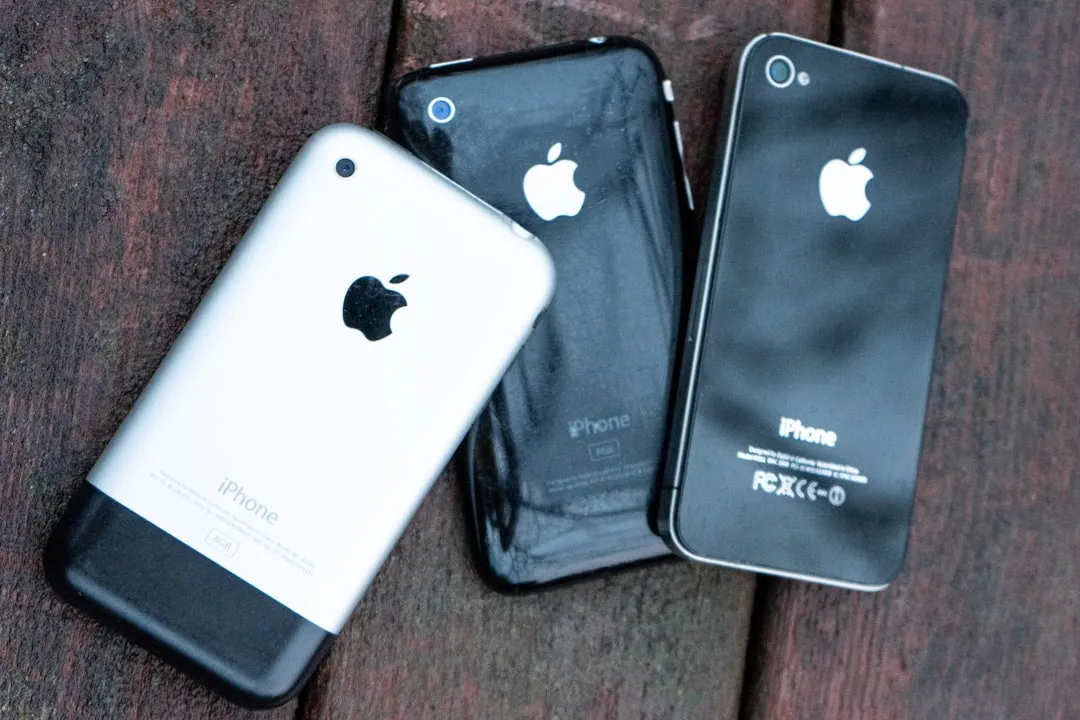
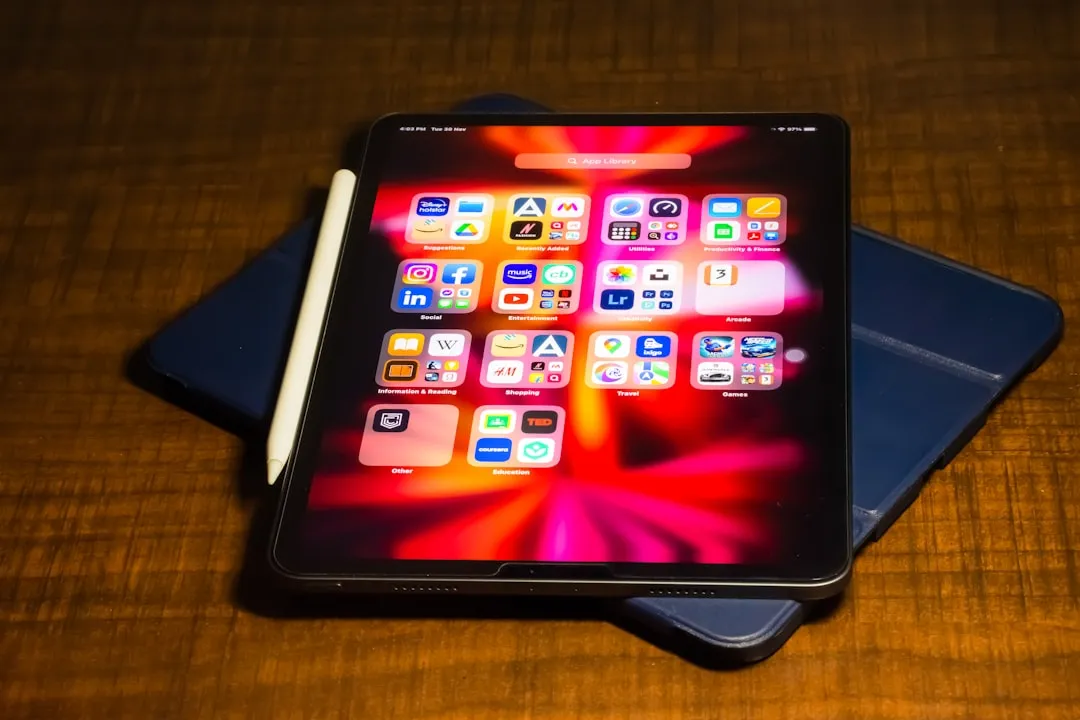

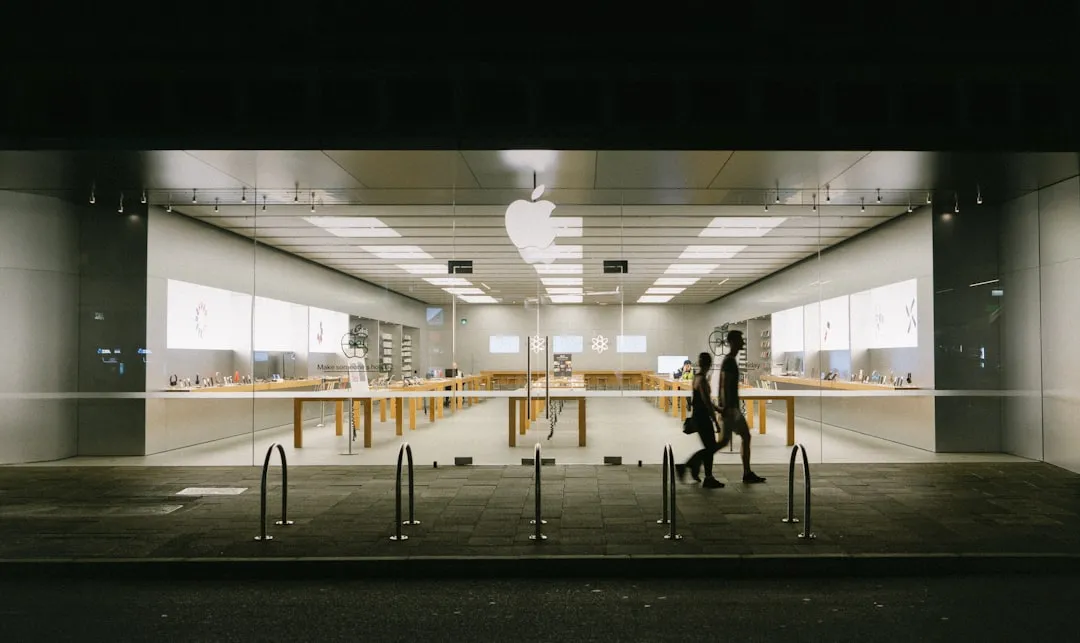
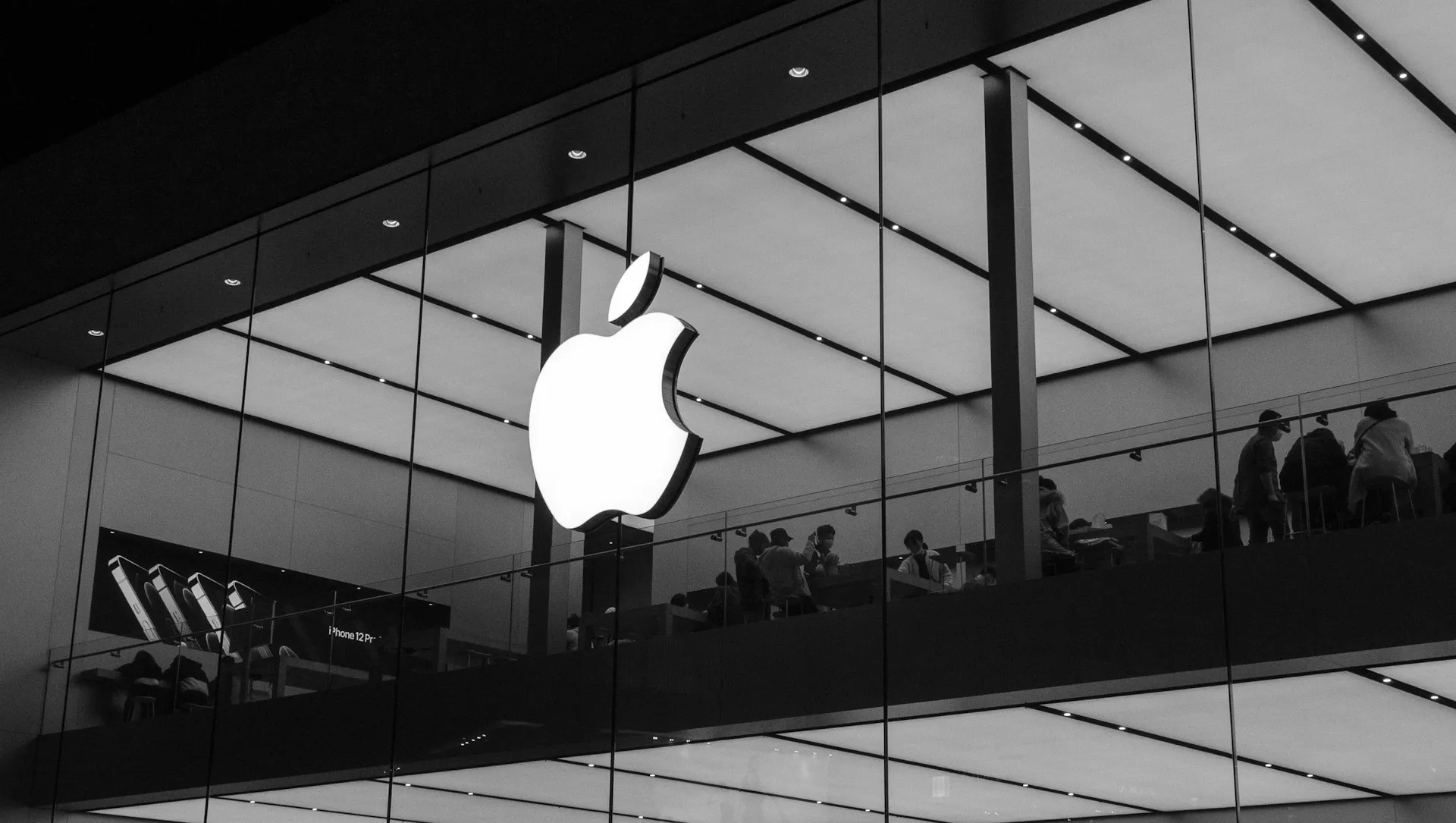
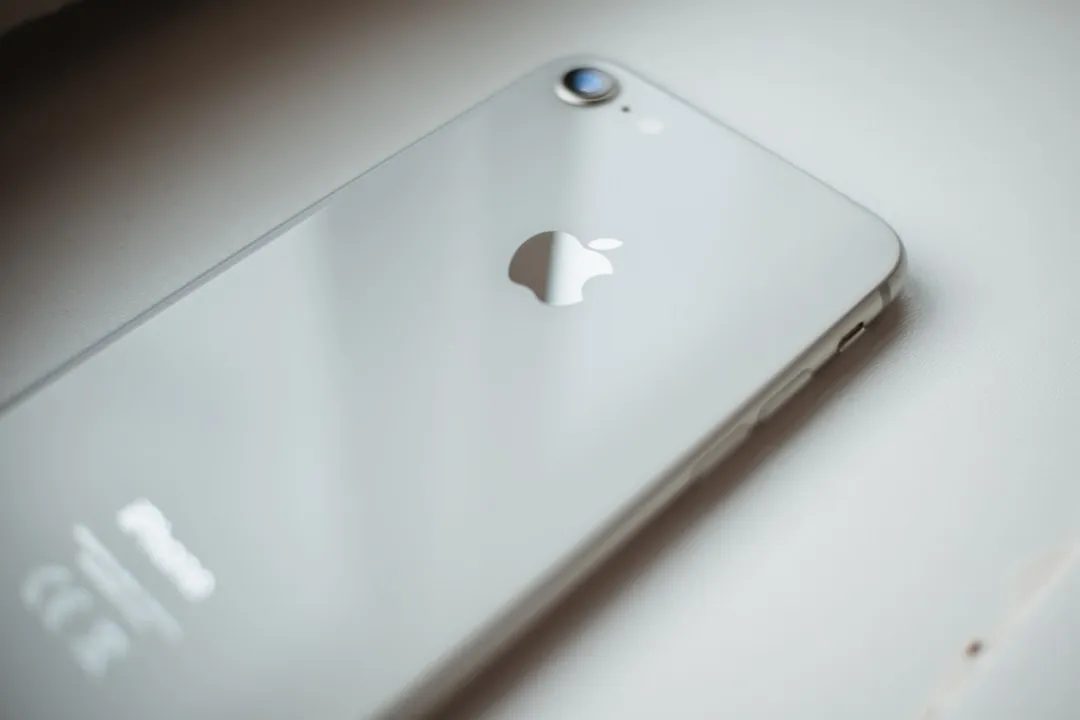


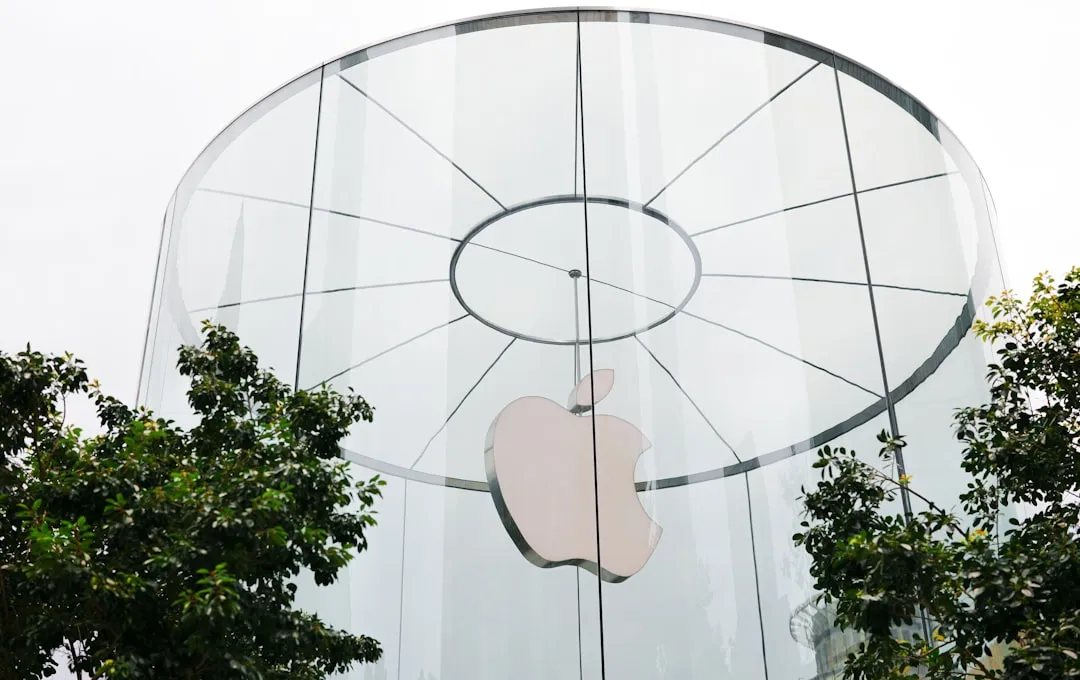


Comments
Be the first, drop a comment!